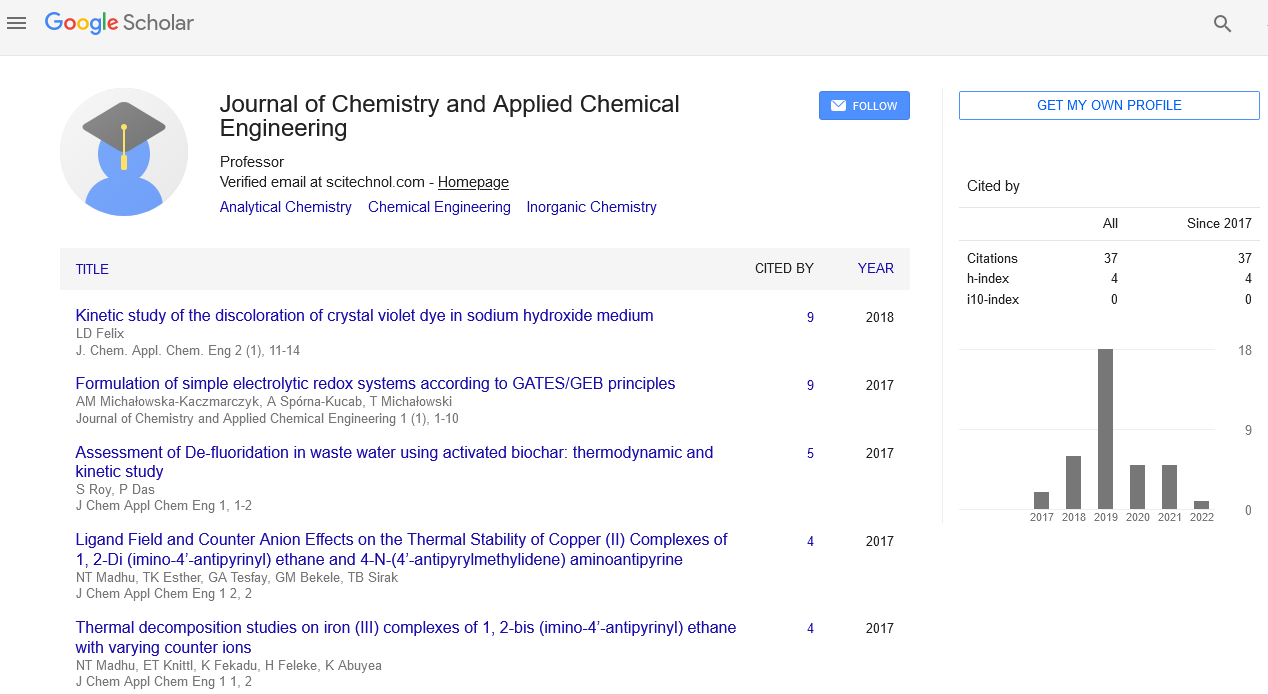Chiral interactions between light and materials
AKITSU T
Tokyo University of Science, Japan
: J Chem Appl Chem Eng
Abstract
In chemistry, biology, and physics, (a)symmetry or “chirality” is an important concept in nature. However, there are only a few examples of chiral interactions between light and (photo-sensitive) materials. In order to overview the light-induced chirality of various materials at the present level, interactions or effects on “chirality” of “materials” by “(topological) light”, such as the optical vortex, as well as circularly polarized light, coherent light (such as laser or free electron laser), or conventional linearly polarized light, will be collected in the Special Issue in Symmetry (published by MDPI) 1, to that presenters of this Workshop are strongly suggested to submit., tooIn this Workshop, I would like to compile and compile research results, commentary, reviews etc. that have dealt with (chiroptical) spectroscopy, physical properties (magnets, conductors, non-liner optics and so on), computational chemistry (of asymmetric organic synthesis) and/or theoretical chemistry and their discussions on chirality. In contrast to circularly polarized light carrying spin angular momentum, for example, optical vortex (topological light of the Laguerre-Gaussian mode) carries orbital angular momentum, as observed by Allen in 1992. Since then, many studies on optical vortex have been reported in view of, predominantly, optical physics. Recently, the optical vortex has resulted in helical manipulations of soft materials on the surface, as well as the rotation of nanomaterials, due to optical torque of the optical vortex.
Biography
E-mail: akitsu@rs.kagu.tus.ac.jp
 Spanish
Spanish  Chinese
Chinese  Russian
Russian  German
German  French
French  Japanese
Japanese  Portuguese
Portuguese  Hindi
Hindi 